Cannibalism. It’s the last great taboo, the stuff of sensational urban legends and ancient myths, airline crashes and Captain Cook. In Eat me, zoologist Bill Schutt digs his teeth into the grisly subject of both human and animal cannibalism. In the natural world, eating your own kind is everything from a survival strategy to an evolutionary adaption. Here Bill explores why polar bears might be being driven to cannibalism today, and if dinosaurs might have been in the prehistoric past.
Eating their own kind
average reading time 10 minutes
- Book extract
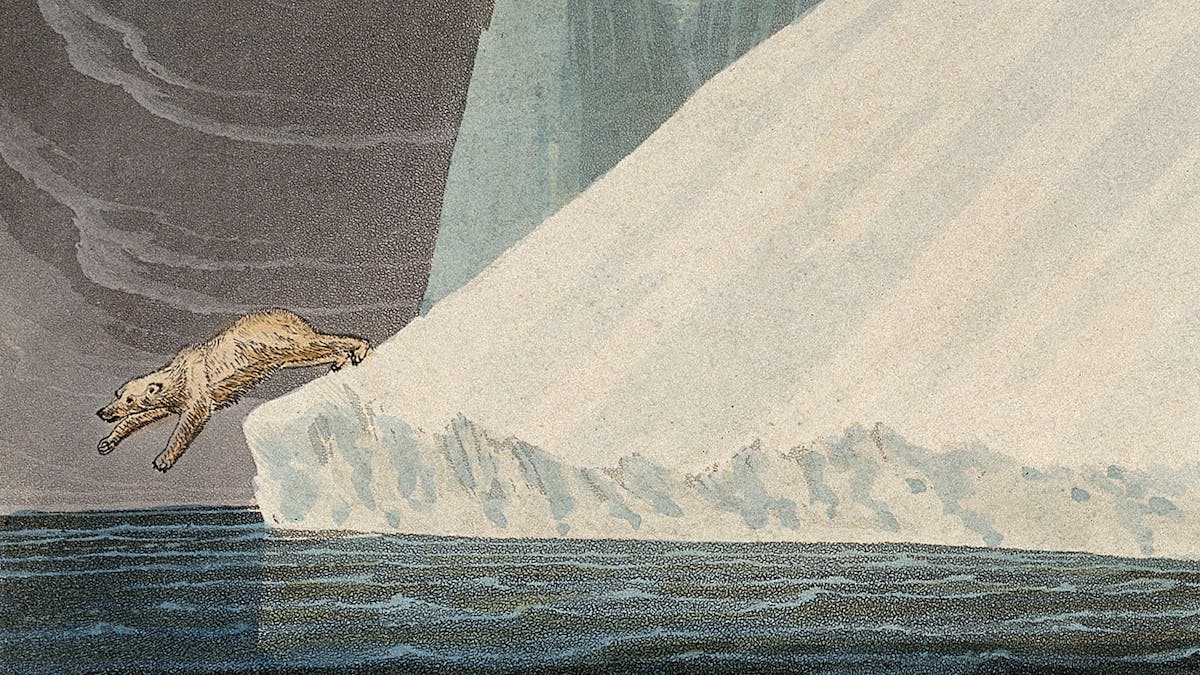
This is not a good time to be a polar bear. Over the past several years, there has been a growing number of reports of cannibalism among the species, reflected in dozens of headlines such as ‘Polar bears are turning to cannibalism as Arctic ice disappears’, ‘Is global warming driving polar bears to cannibalism?’ and ‘Polar bear cannibalism linked to climate change’.
As a vertebrate zoologist, I was interested in determining whether or not a transition in polar bear diets had actually taken place. And if it had, I wondered whether humans were involved.
Polar bears are among the world’s largest carnivores. They are, of course, famous for their meat-eating diets. Additionally, like many carnivores, they share a characteristic known as carnassial teeth. In the majority of mammal species, when the jaw closes, the premolar and molar teeth on the upper jaw fit snugly into those on the lower jaw. This facilitates the crushing of food items before they’re swallowed. In most carnivore species, though, when the jaws close the last upper premolar and the first lower molar on each side shear past each other like blades, effectively slicing large pieces of meat. Carnassial dentition was lost in most bears as they evolved more omnivorous feeding habits. Here the hard-to-digest plant material required mashing up by more traditional molars, thus increasing its surface area and allowing for more efficient breakdown by enzymes like cellulase. In polar bears, however, fully functional carnassials have apparently re-evolved – a reflection of the species’ strict meat-eating diet, which consists primarily of ringed seals and bearded seals. So, were polar bears – perfectly equipped natural killing machines – turning to cannibalism because they were under pressure from a changing environment? Or could there be another explanation?
Which animals are cannibals?
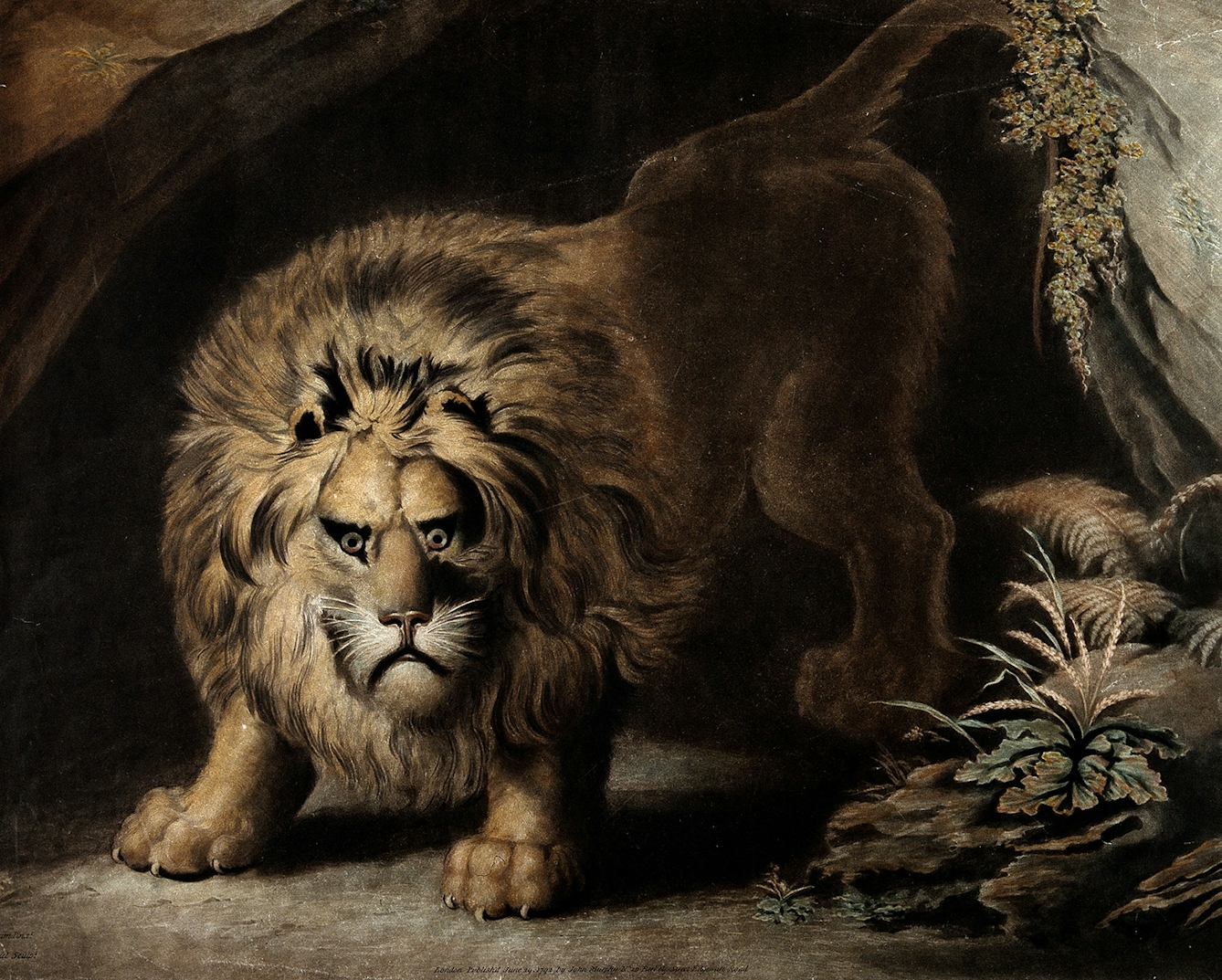
Cannibalism has been recorded in at least 14 species of carnivores, including lions.
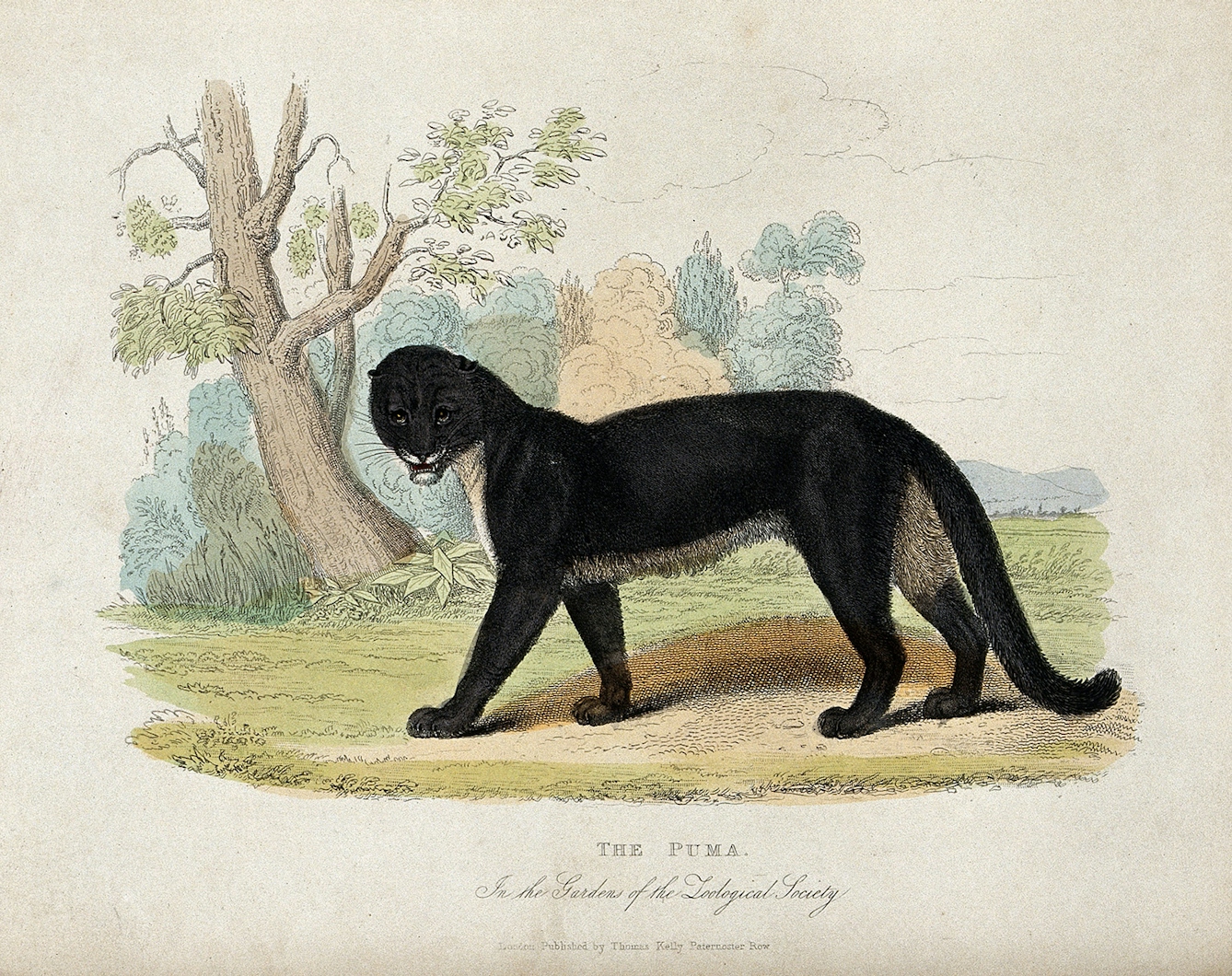
Lack of food, elimination of rivals and increased mating opportunities can push carnivores like the puma to eat its own kind.
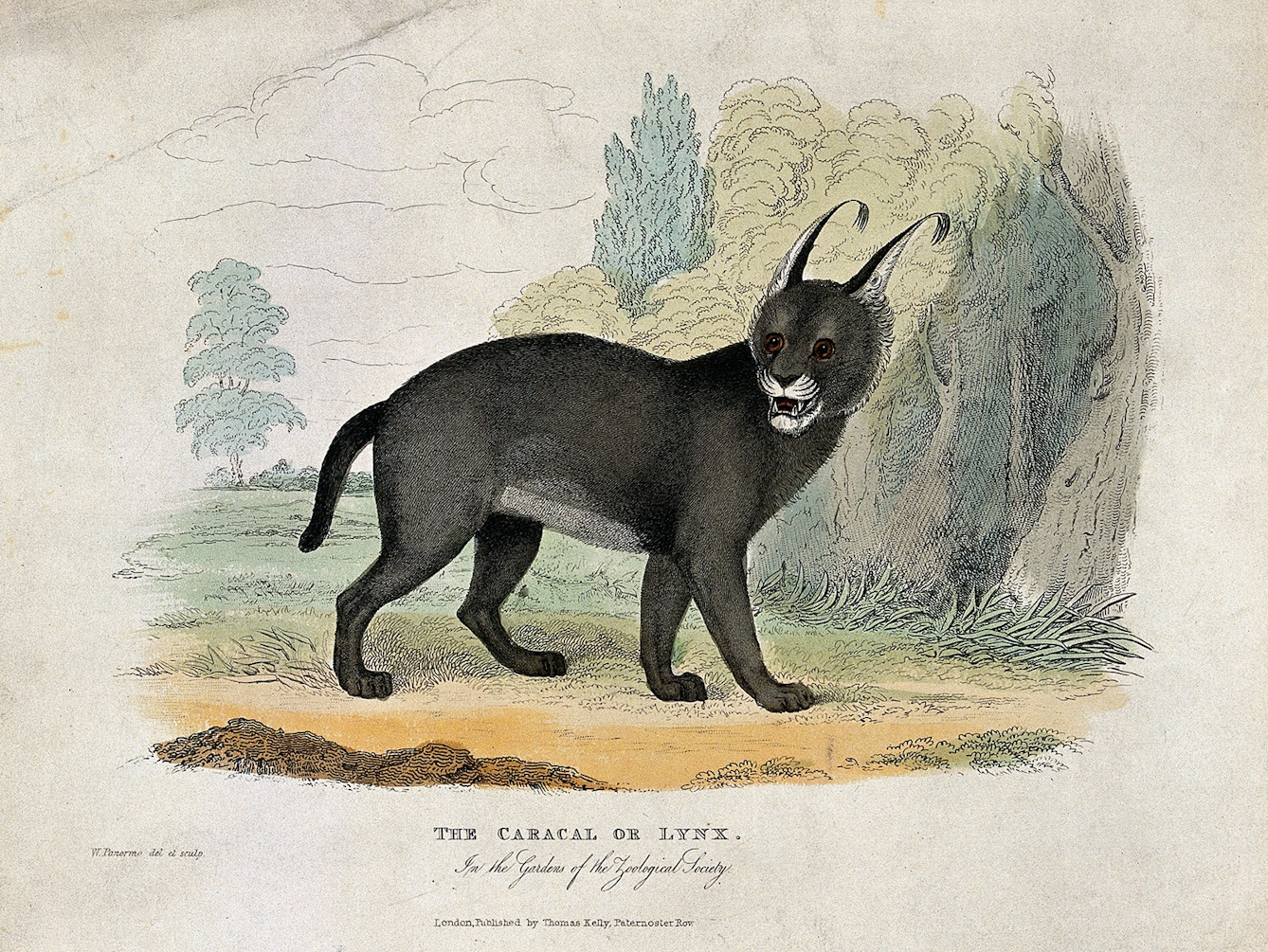
The lynx has been known to eat its own.
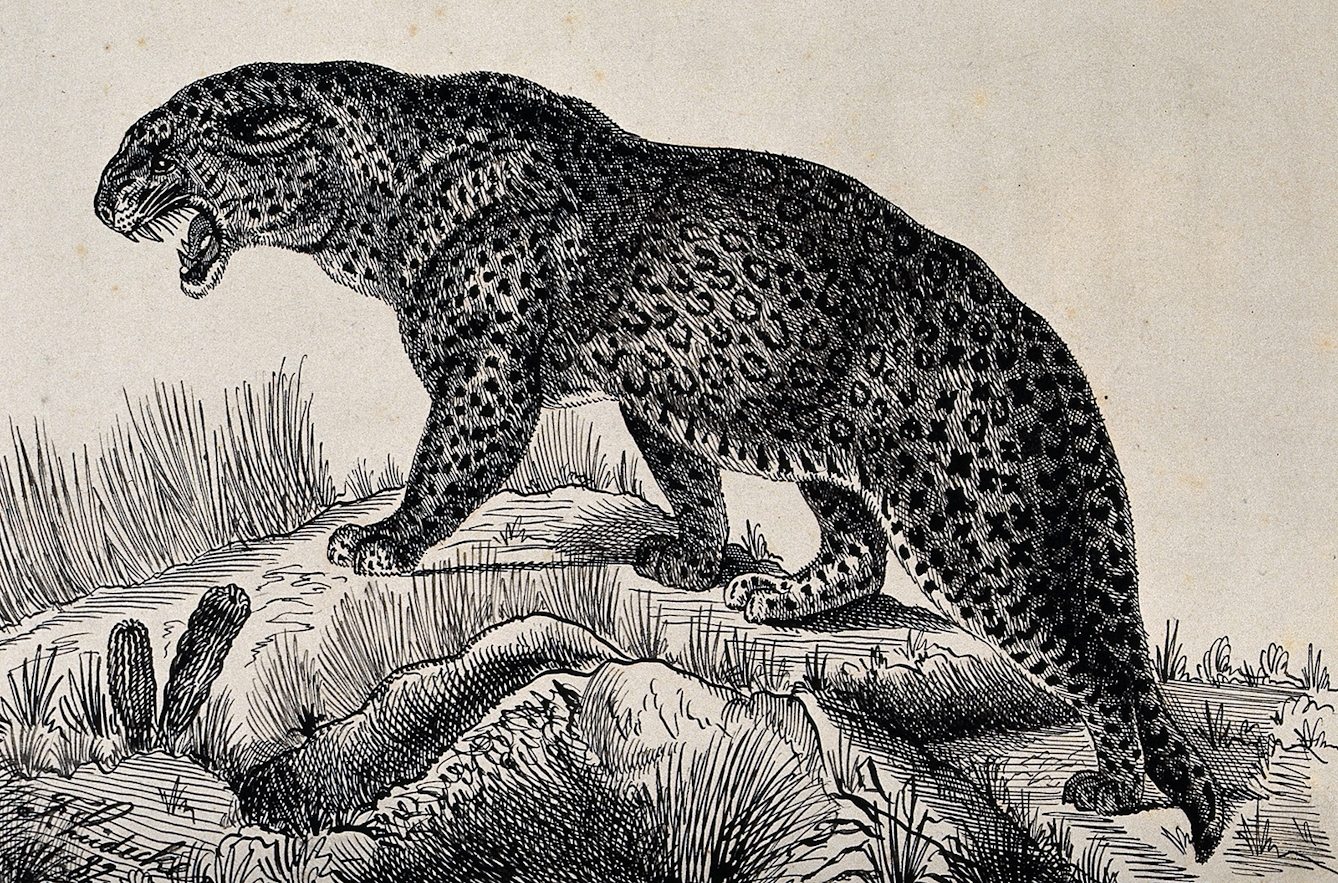
The leopard has also been known to turn cannibal.
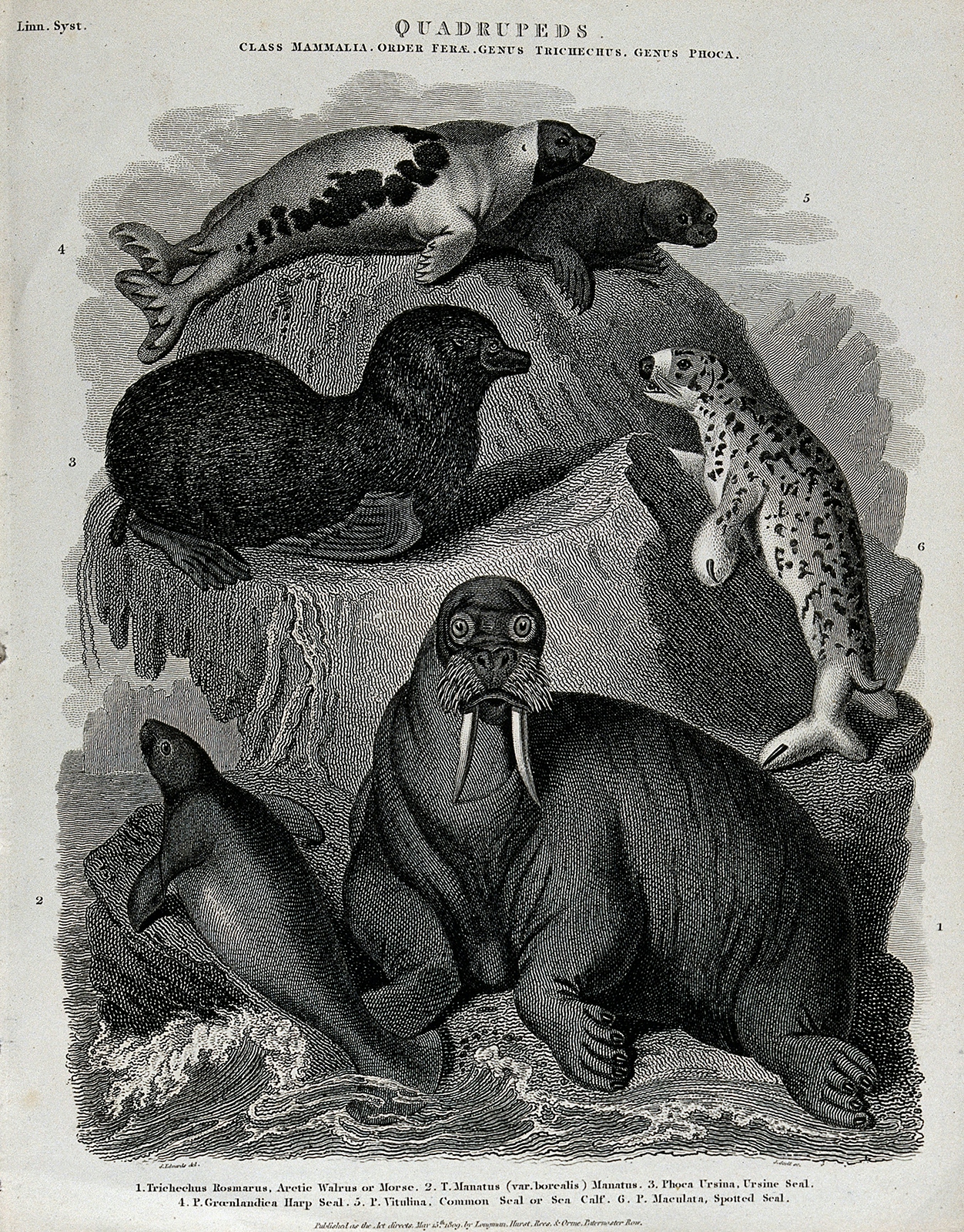
Sea lions sometimes eat other sea lions.
Cannibalism has been recorded in at least 14 species of carnivores. In pumas, lynx, leopards and sea lions it appears to occur for many of the usual reasons, including stress (due of lack of food), elimination of rivals and increased mating opportunities. Heterocannibalism – in this case, eating cubs that another male sired – is clearly a reproductive strategy in male lions after taking over a pride. Through the practice of infanticide, the incoming males terminate the maternal investment in unrelated cubs. A lioness with cubs will not come into heat for a year and a half after giving birth but, similarly to what has been observed in other mammals, a lioness that loses her cubs becomes sexually receptive almost immediately.
So what can cannibal lions tell us about polar bears, many thousands of miles away on the Arctic ice cap? In 2009 stories started to emerge that polar bears were undergoing a serious change in dietary habits. With the accelerated shrinking of Arctic sea ice due to global warming, the hypothesis went, the bears had a shorter hunting season and fewer seal kills. As a consequence, the stressed-out bears were starving and resorting to cannibalism in order to survive.
One fact neglected in the sensational press coverage, however, was that, as discovered by wildlife biologist Mitchell Taylor, polar bears will readily eat other polar bears when they can do so without excessive risk of injury, and always have done.
In fact, males of most North American bear species will kill and eat conspecific cubs pretty much whenever they can get their paws on them. Researchers believe that infanticide during the breeding season may provide males with a reproductive opportunity as well as a nutritional reward since, like the previously described lionesses, female polar bears will come into oestrus more quickly if their offspring have been killed. Because of this, cannibalism has been and continues to be one of the greatest contributors to bear cub mortality, especially just after leaving the maternity den. The threat from adult males is one of the key reasons that mother bears are so protective of their cubs and also explains why females give males such a wide berth when selecting den sites.
Not all polar-bear cannibalism relates to cubs, of course. In the mid-noughties, Arctic researcher Stephen Amstrup and his co-workers were alarmed by three incidences of cannibalism by polar bears in the southern Beaufort Sea which occurred during a two-and-a-half-month period. Two of the incidences involved the death and partial consumption of adult female bears. In one, the female’s body was found inside a maternity den that collapsed during an attack by a predatory male bear. In the second case, the female polar bear was killed on the sea ice, presumably not long after emerging from its den with a cub. In the third case, a one-year-old male was killed and partially consumed by an adult male. According to Amstrup and his colleagues, these attacks were unique because they had taken place in areas not generally frequented by male polar bears. Each year, once the Arctic sea ice melts and polar bears are forced onto the land, males are usually found near the coast while females and their cubs venture further inland, away from the males.
In the cases documented by Amstrup, the researchers concluded that, “The underlying causes for our cannibalism observations are not known.” They suggested that the incidents could have been “chance observations of previously unobserved rare events, or even a single rogue bear that adopted a [hunting] strategy including cannibalism”. In other words, the researchers recorded an open verdict, though they advanced the hypothesis that these attacks and subsequent cannibalism might have resulted from male polar bears being “the first population segment to show adverse effects of the large ice retreats of recent years … We hypothesise that nutritional stresses related to the longer ice-free seasons that have occurred in the Beaufort Sea in recent years may have led to the cannibalism incidents we observed in 2004.” Despite the caution with which the researchers advanced their ideas, they found them heatedly challenged by climate-change sceptics, after sensationalised headlines in the media neglected to mention that cannibalism in polar bears was already known to be a naturally occurring event, with the first published report surfacing in 1897. This would be my first encounter with cannibalism related sensationalism in the course of writing this book – but it would not be the last.
Prehistoric cannibals?

Was Coelophysis bauri, one of the earliest known dinosaurs, a cannibal?
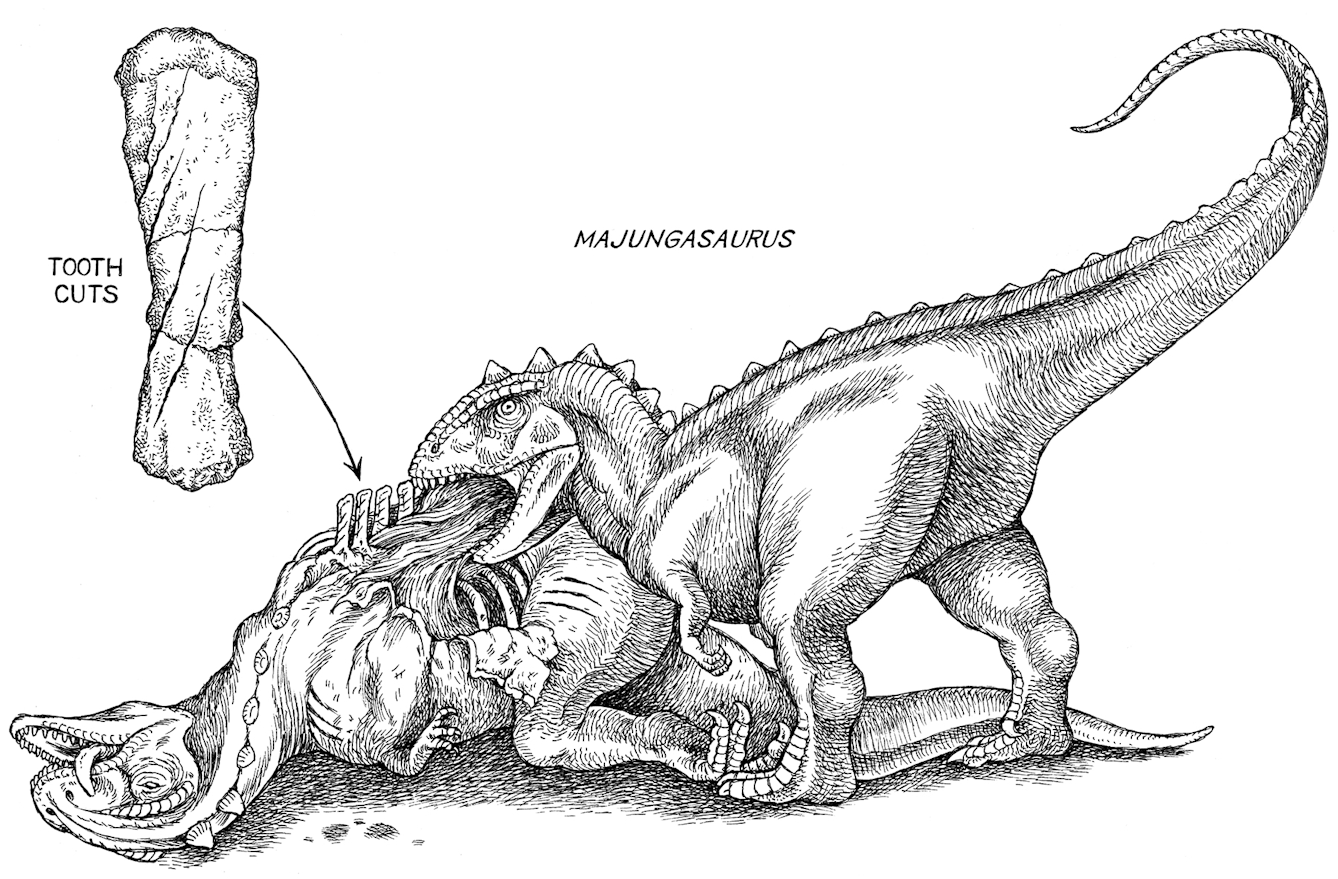
And how about the Majungasaurus?
In fact, as I delved deeper into carnivore cannibalism, I found that the field was rife with controversy – and that the debate included even creatures that hadn’t existed on earth for millions of years. Coelophysis bauri was one of the earliest dinosaurs – a carnivorous and remarkably bird-like biped that lived approximately 200 million years ago across what is now the south-western United States. A fast runner, it stood about three feet tall at the hips and had a body that measured about 10 feet from tip to tail. Equipped with a mouthful of recurved and blade-like teeth, Coelophysis was thought to feed on smaller animals such as lizards.
In 1947 a team from the American Museum of Natural History (AMNH) working at Ghost Ranch in New Mexico unearthed a huge bone bed composed of hundreds of Coelophysis skeletons. After examining the fossils, famed AMNH palaeontologist Edwin Colbert made the dramatic announcement that the abdominal cavities of some of the specimens contained the bones of smaller individuals of the same species. Thus was born the ‘cannibal-Coelophysis hypothesis’ and the subsequent portrayal of Coelophysis and other dinosaurs as cannibals. Reminiscent of the misconceptions concerning black widow spiders, the depiction of dinosaurs as cannibals remained unchallenged for decades.
In 2005, another group of researchers from the AMNH set out to determine whether or not these claims of dinosaur cannibalism could be supported. Led by palaeontologists Sterling Nesbitt and Mark Norell, they performed detailed morphological and histological analyses of the bones. Soon enough, the scientists uncovered a slight problem – not only were the bones in question not from juvenile specimens of Coelophysis, they weren’t even dinosaur bones. Instead, the fragments recovered from the abdominal cavities belonged to crocodylomorphs, a group that includes crocodiles and their extinct relatives, but not dinosaurs.
I interviewed Mark Norell on a beautiful mid-September afternoon at the American Museum of Natural History. His lab is a dinosaur lover’s dream – a remarkable fossil-filled space that opens onto one of the museum’s famous turrets, with a view over a wide swath of Central Park.
“I think there’s very little evidence at all for dinosaur cannibalism,” Norell told me. “Although a lot of it really depends on what you’d call cannibalism. If a tyrannosaur dies and another tyrannosaur comes along and eats it, is that cannibalism? Or is that just scavenging a dead carcass? I have a picture around here someplace of a camel eating a dead camel that was lying there. Is that cannibalism?”
Using the example of besieged cities, where the victims of starvation or exposure were consumed, sometimes by their own relatives, I made the point that hunting and killing aren’t necessarily prerequisites for cannibalism and therefore scavenging your own species would qualify.
But even allowing for a broad definition of cannibalism, in the case of dinosaurs, according to Norell the only compelling evidence appeared to have occurred in the late Cretaceous theropod Majungasaurus crenatissimus, uncovered by geologist Raymond Rogers in a Madagascan rock formation thought to be between 70.6 and 65.5 million years old.
In 2014, I interviewed Rogers to see how he had come to the conclusion that Majungasaurus was a cannibal. He explained that some of the Majungasaurus fossils bore distinctive cut marks. He also noted that there were only a few large carnivores living at the Madagascan site, which they named MAD05-42. One was a crocodile, which would have made no comparable traces on the bones, and the other a small theropod dinosaur, which had tiny teeth. The one remaining suspect was Majungasaurus, which had large teeth – and the denticle patterns matched.
“So there’s no potential that you might be missing another large predator – something you just haven’t dug up yet?” I asked.
“I don’t think we’re missing anything. And if we are missing something it would have to be big, and arguably it would have to be rare. But the bite marks are anything but rare. So… whatever it is, it would have to be really big, really cryptic, really rare, and it would have to bite everything, which doesn’t make any sense.”
“So how do you know that these tooth marks on Majungasaurus bones weren’t made during combat?”
Rogers pointed out that elements of the vertebral columns showed evidence of having been scraped and possibly gnawed. This type of ‘late-stage scavenging’ took place after the limb muscles and the guts had been consumed, and when the scavenger had to work hard to obtain any further nutrition from the carcass. As seen in other species today, it sounded as if Majungasaurus had been following the pattern of cannibalism under stressful environmental conditions, in the absence of alternative food sources. Rogers explained that as the ancient ecological systems were devastated again and again, and a lot of things died, large meat-eating dinosaurs likely had to capitalise on whatever there was to feed upon, drawing on whatever resources were available. Despite the scarcity of evidence, Rogers believes that this behaviour would not have been uncommon. “I have no doubts that cannibalism was widely practised by dinosaurs. The fact that there have only been two cases of dinosaur cannibalism… that’s just an artefact of palaeontology and the [scarcity of the] fossil record.”
So, knowing what we do about the prevalence of cannibalism in the animal kingdom, it makes sense that dinosaurs might have resorted to it for the same reasons other animals do – namely overcrowding, predation, competition and hunger.
‘Eat Me’ is out now.